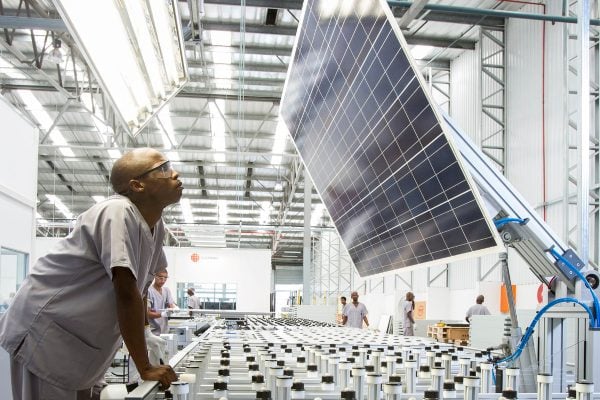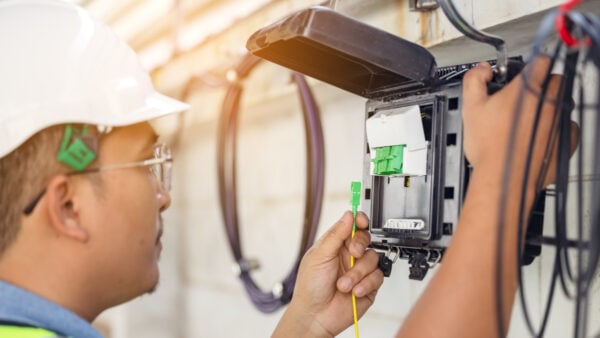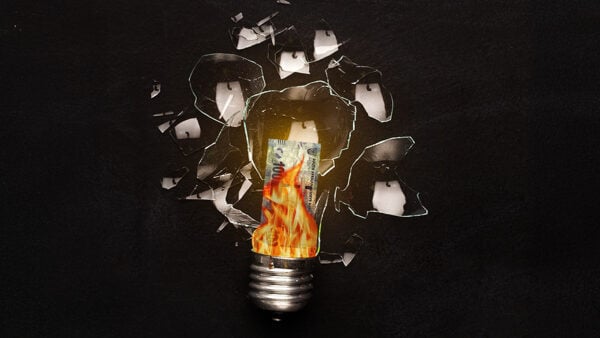Warning to people with backup batteries and electric cars in South Africa
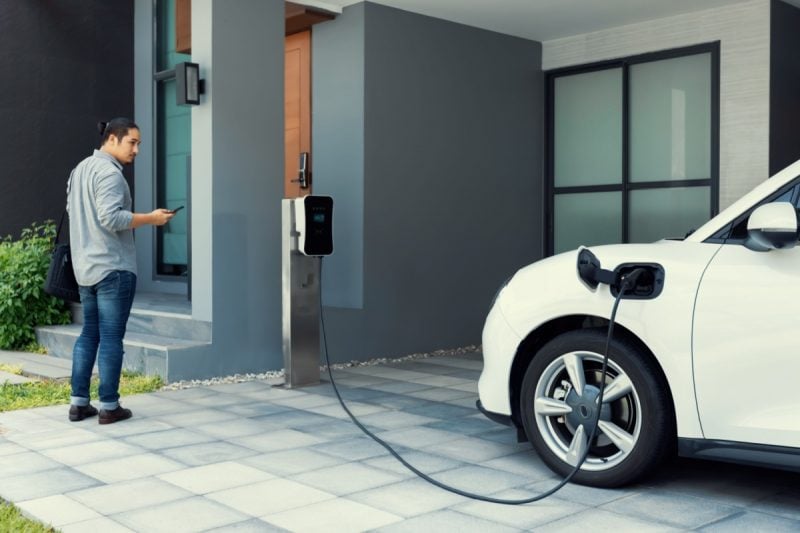
Lithium-ion batteries, such as those found in electric vehicles and backup storage systems, pose several hazards to South African homes that most people are unaware of.
These risks include thermal runaways caused by a chain reaction, for which there is no flame retardant.
This is according to ASP Fire CEO Michael van Niekerk, who told Cape Talk that lithium-ion batteries are used daily in items like power banks, cellphones, vapes, and electric vehicles.
He says they risk catching alight if these batteries are not correctly cared for.
“I think the modern lithium-ion battery is well managed, where you have a battery management system in place, which manages its internal temperature,” van Niekerk said.
“This prevents it from overcharging, undercharging, or discharging too quickly, which can result in a thermal runaway.”
A thermal runaway refers to a chain reaction where an exothermic process is accelerated by a rise in temperature, which further increases the temperature.
This can also be caused by the battery short-circuiting or an external heat source, such as if it were placed near a heater or oven.
Van Niekerk said manganese cobalt and manganese oxide batteries are the lithium-ion batteries that tend to reach thermal runaway very quickly.
He said that lithium-ion batteries tend to swell up due to heating, which puts the flammable electrolyte, organic peroxide, at risk of being exposed to oxygen.
“Organic peroxide, like petrol, will burn very happily when exposed to oxygen,” van Niekerk said.
“And sometimes when you have a mechanical puncture of a lithium-ion battery, you can have a spontaneous ignition.”
However, he says that there are several ways to protect against thermal runaway and be better prepared to deal with it.
When buying a battery, van Niekerk said it’s essential to use a reputable seller, such as someone willing to provide a guarantee.
He argues that electric cars have safety measures built into them, so there is no imminent risk of a thermal runaway.
Despite this, Van Niekerk said there is always the risk of the car or battery being faulty, increasing the danger it poses when stored next to a house.
“It is important to make sure that the house construction is adequate. There should be proper separation between the garage, if your car is parked there, and the house,” van Niekerk says.
“Ventilation in your garage is another important part of managing fires. If flammable vapours build up in your garage, and these are ignited, it could result in an explosion.”
Despite electric vehicles having monitoring systems for their batteries, he says having the car frequently checked is crucial.
Regarding smaller batteries in vapes and cellphones, Van Niekerk says it is important to ensure that the charger is specifically suited for the battery used.
The salty alternative
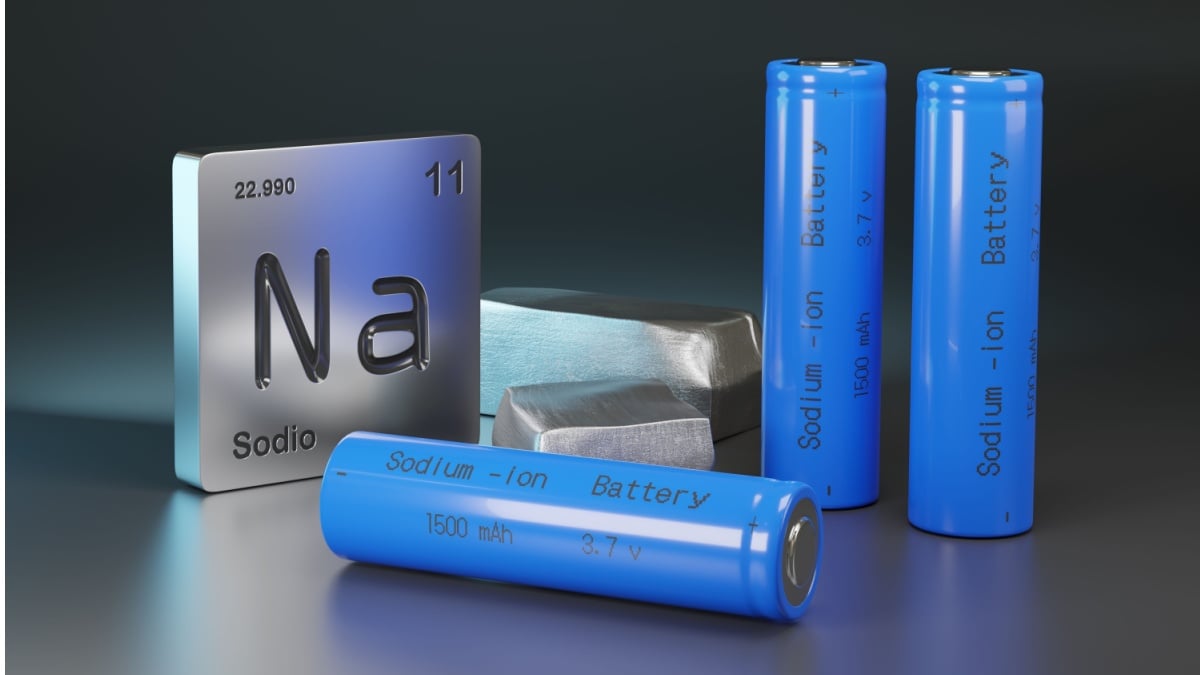
Lithium-ion technology will likely remain the dominant battery for stationary backup storage and electric vehicles (EVS).
However, sodium-ion and solid-state batteries could begin eating into its market share in the next few years.
There are two main types of lithium-ion batteries — the original lithium ternary types and lithium-iron-phosphate (LiFePO4) models.
The former is the older and more conventional technology and offers a higher energy density and charging speed, ideal for making the lightest possible EV battery packs.
However, these batteries require minerals like cobalt, nickel, and manganese, which require environmentally destructive extraction processes.
There are also LiFePO4 batteries, which are common for stationary applications but are also increasingly being used in cost-effective EVs.
However, LiFePO4 batteries still require lithium. Therefore, an alternative option that is just about as old as lithium-ion is sodium-ion.
While this type of battery chemistry offers less energy density and lower cycle life, it could again become critical when considering the scale of energy storage the world will require in the next few decades.











